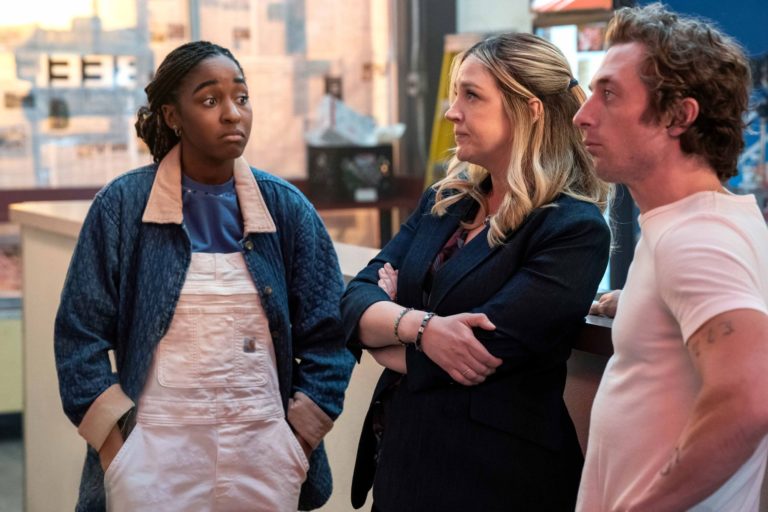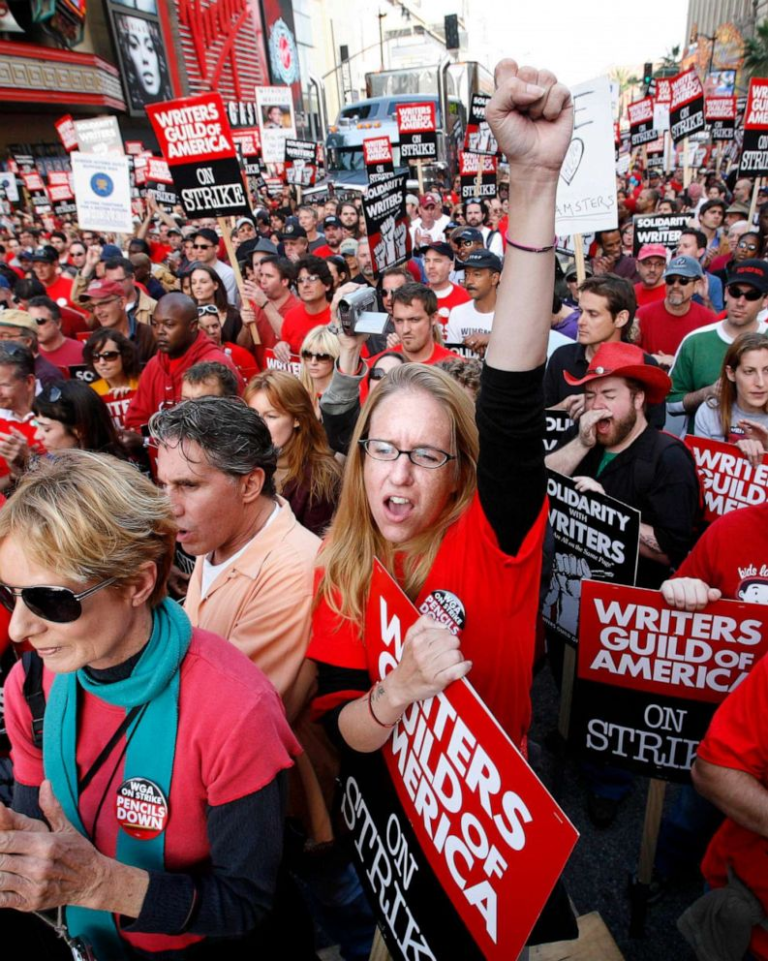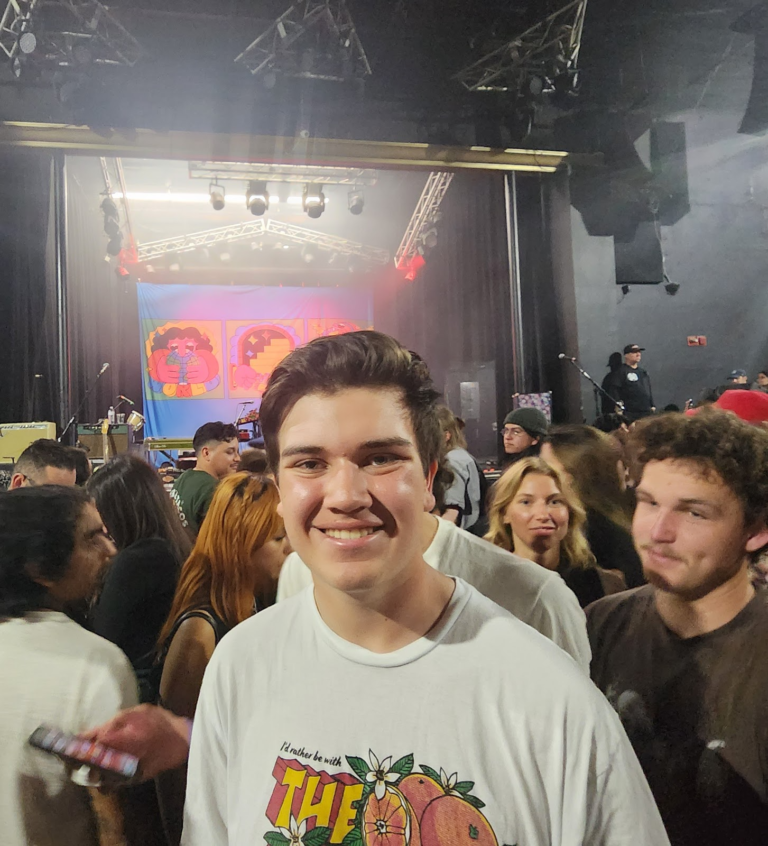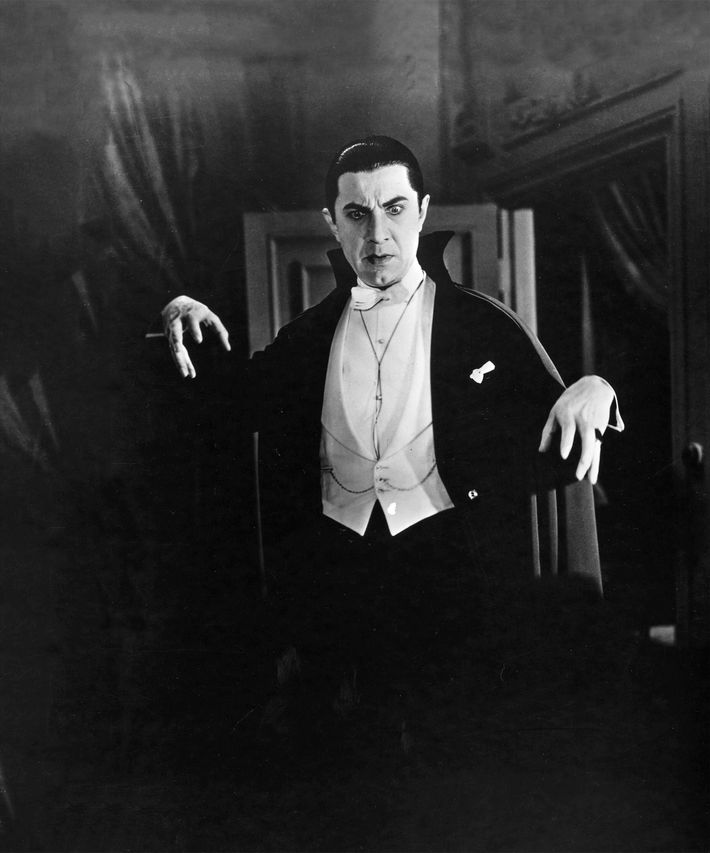“It’s not about the food. It’s about the people.”
It’s all part of the life. The yelling across the room, the cursing at spilled food, the constant background clatter of crashing utensils. Slipping on spilled water, and trying to make the most of worn-down appliances.
It is truly a feeling like no other. And it’s a feeling that is perfectly conveyed in the ever-increasingly popular streaming show, The Bear.
On the surface, The Bear is just about a restaurant. But it’s only when you begin to delve deeper and deeper into the story that you realize The Bear is about so much more.
The first season of The Bear dropped suddenly in 2022 onto the popular streaming platform, Hulu. The show, created by Christopher Storer, follows the young, award-winning chef, Carmen “Carmy” Berzatto as he returns home to Chicago to work in his late brother’s sandwich shop.
The season exposes the chaos behind the counter as an eclectic group of chefs try to adapt to the changes brought by now working under a professional chef. It also exposes the chaotic, yet not-too-far-fetched relationships between the characters.
Incredibly well-rounded characters played by Jeremy Allen White, Ebon Moss-Bachrach, Ayo Edebiri, Lionel Boyce, Liza Colón-Zayas, Abby Elliot, Matty Matheson, and Molly Gordon, are truly what makes this show what it is.
The reception of this show is overwhelmingly positive, with its IMDb rating being 8.6. On top of this, the Rotten Tomatoes score is a whopping 99% on the average Tomatometer as well as an audience score of 92%.
On top of these rave reviews, the show has been nominated for numerous awards, including multiple Emmys and Golden Globes. It also won the American Film Institute’s “Top 10 Programs of the Year” category, as well as earning Jeremy Allen White a Critic’s Choice Award for “Best Actor in a Comedy Series.”
So, after The Bear’s second season was released a few months ago, I decided to see what all the hype was about. The cast of this new season was, more or less, the same as the first. The seemingly random yet very satisfying celebrity cameos notwithstanding, of course.
After the turbulent conclusion to the first season, the group gets to work trying to rebuild “The Original Beef” into a luxury, Michelin star-winning place of high dining. This obviously leads to a lot of trouble, with the original members of the crew struggling to catch up and change their ways, as well as Carmy himself dealing with a slew of issues.
As with the first season, it received tremendous reviews and accolades.
And after watching the show, I completely understood why this show was so well-received. The acting is absolutely phenomenal, with Jeremy Allen White conveying such a depth of emotion that you feel deeply connected to his character, Carmy. The rest of the cast provide a thoughtful set of well-rounded characters that feel like people you already know.
The perfectly atmospheric soundtrack to the show is nothing short of great, either. The repetition of the show’s most iconic songs throughout the series (including “New Noise” by Refused) highlights how far each of these characters have come. The songs, which are often featured with a few picturesque landscape scenes of Chicago, further transport you into the story.
And I can’t write this review without talking about this show’s makeup. Or rather, lack-there-of. When the camera zooms in on these characters, you see real people, not actors who are caked up in a thick foundation and whose every blemish is edited away.
The entire show is so real, and I can’t stress enough about how it feels as though you, yourself are right there in the kitchen with the rest of the characters.
I’m not kidding when I say that this show stressed me out. It is incredibly tense to watch, and for that reason, I would not recommend it to someone who wants a happy, feel-good binge-a-thon. That’s not what this show is.
This show is for the people who are tired of seeing fantasized, unrealistic depictions of lives that are absolutely exhausted from trying to live up to the standards set by them. This is a show for people who want to see realistic characters dealing with realistic problems.
The Bear is a realistic depiction of real people and that’s what I love about it. It was extremely intense to watch, and yet somehow comforting at the same time. It’s because in each of the characters, you can see yourself or someone else in your life.
When watching this show, there were countless moments and episodes that stood out to me. There is no scene that feels like a time-filler, or a waste of space.
But if there’s one thing I have to talk about in this review, it’s the sixth episode of the second season, entitled “Fishes,” which received a near-perfect IMDb score of 9.6.
I can say with confidence that this “Christmas special gone berserk” is one of the best television episodes I have ever seen (perhaps the exception being Breaking Bad’s “Ozymandias”).
This episode makes you feel awful in the absolute best way. As this hour-long episode progressed, so did the situation. And, just like the rest of the characters, I began to feel the rush of panic and distress. Suddenly, everything you’ve assumed about these characters you’ve been watching for a season and half comes together in one moment. You understand why the characters are the way they are, and it makes the following few episodes even better to see where these people started and where they are now.
As soon as the episode starting, I felt the initial shock of seeing all the celebrity guest appearances, including Jamie Lee Curtis, Gillian Jacobs, John Mulaney, Bob Odenkirk, Sarah Paulson, and the return appearance of Jon Bernthal in the role of Carmen and Natalie’s late brother, Michael Berzatto. Moments later, this eclectic cast conveyed the very familiar hustle-and-bustle associated with most every family dinner.
It was truly the last group of people I expected to see in a room together, and yet — it worked. This seemingly random group of well-loved actors and actresses worked together extraordinarily well with the usual Bear cast.
Other guest appearances throughout the show, such as Molly Ringwald and Olivia Colman, also mesh perfectly well with the story line and, as expected, put their all into their characters.
Although a third season has not yet been declared by FX, the show’s extreme success (and season 2’s some-what cliff-hanging finale) might hint at at least another season to come. However, no information has yet been provided.
So yes, The Bear is a perfect representation of what the food worker’s life is all about. It’s about the yelling and cursing, the spills and crashes. The slips, the broken appliances. The small talk you make with the customers, learning of new skills to use throughout your entire life and solving problems. It’s about bettering yourself, and bettering the relationships with the people you work with, too.
But that’s not what The Bear is about. The entire restaurant plot of this show is merely a facade for something a lot more meaningful. People. What makes a person frustrated? What makes a person yell and scream and cry? What makes a person snap? What makes a person happy?
It’s not a nonfiction story, but the story that it tells is true. It’s a story that is true for all of us, because at the end of the day, The Bear is just about people. And we can all relate to that, can’t we?
Go watch The Bear. Every second counts.










